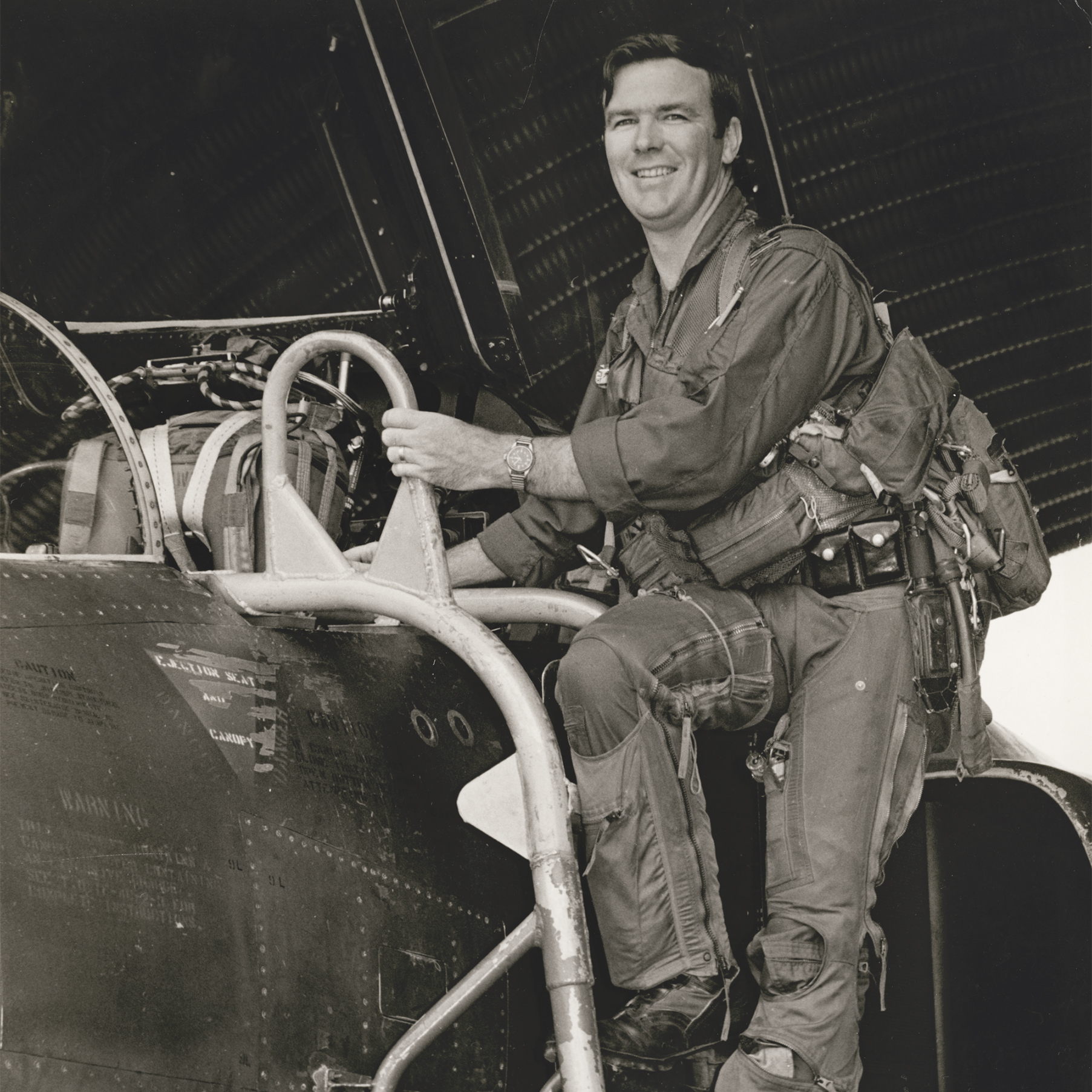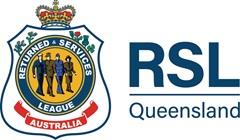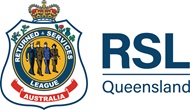
No foreign – except for the Aussie
16 March 2021- History & commemoration
- Veteran stories
After 37 years of service in the RAAF, Air Commodore Ian Whisker AM retired in 1995. Now a member of Cooroy Pomona RSL Sub Branch, he reflects on his experiences with the US Air Force during the Vietnam War.
In 1969, the Australian government offered Australian fighter pilots to the Americans to fly in US Air Force (USAF) Squadrons in the Republic of Vietnam. This had advantages for both countries.
For Australia, Mirage pilots gained combat experience, and for the USAF it relieved pressure on their pilots, who in some cases were going back to the war in South East Asia for the second and third time.
Between 1969 and 1971, four Australian Mirage pilots flew tours of about 12 months in American F-4 Phantom squadrons at Cam Rahn Bay and Phu Cat air bases. I was one of those pilots, and flew 132 combat missions from Phu Cat air base between December 1970 and October 1971.
A SECRET BRIEFING
It was 11pm in the briefing room at Phu Cat Air Base in central Vietnam in 1971. I was one of eight aircrew sitting in the room waiting to listen to the intelligence and weather briefings before going on alert at midnight for our 12-hour shift.
Our four F-4D Phantom aircraft were in concrete and steel shelters just a short run from the ‘alert shack’. The first two aircraft were loaded with 12 500-pound high explosive low-drag bombs each, and the second pair were each armed with six 500-pound high drag bombs and three napalm cans for targets that were close to friendly soldiers.
A USAF intelligence officer, newly arrived at the base, entered the room, walked up to the lectern, and began his briefing.
“This briefing is secret. No foreign,” the officer said.
He looked at his audience of eight aircrew in flying suits and noticed that one was not wearing US rank insignia but rather Australian Squadron Leader blue stripes. One of the Americans explained that I was an Australian on loan to the US Air Force and that I was also leading the first pair of aircraft on alert tonight.
From then on, when an Australian was flying, that briefing officer started with “this briefing is secret; no foreign – except for the Aussie”.
FLYING THE F-4D PHANTOM
I was a member of the 480th Tactical Fighter Squadron, flying the F-4D Phantom aircraft along with about 40 American aircrew, pilots and weapon systems operators. The squadron flew mainly against targets in South Vietnam, with some missions into Laos and Cambodia.

The other Phantom squadron on the base also had one Australian pilot, Flight Lieutenant Lindsay Naylor.
After the briefings, we put on our anti-G suits and picked up our personal equipment – parachute harness, survival vest, gun belt, survival radios, helmet, knee pad, and briefing notes – and travelled by van first to maintenance to sign for the aircraft and then to the aircraft shelters.
I did an external check of the aircraft with the crew chief and then connected my parachute harness to the ejection seat in the front cockpit. The weapons systems operator did a check of the systems in the rear cockpit while I did the same in the front.
After getting the aircraft checked and our personal equipment in place, we walked to the ‘alert shack’ about 50 meters away.
SLEEPING IN OUR FLIGHT GEAR
The shack had a lounge area for relaxing and a blacked-out room with beds, however, when we slept, we were ready to fly, wearing flying boots and the anti-G suit. If we were ‘scrambled’ (dispatched on short notice) we had 15 minutes to get airborne. On many occasions, however, we sat out the 12 hours without a flight.
Most of our missions were planned the day prior, and we knew the time of our take-off, and the general area of the target. Missions were usually controlled by an airborne forward air controller (FAC), normally an American, but occasionally an Australian.
Bombing of some targets was directed by precision radar controllers, especially at night, against known North Vietnamese bases in South Vietnam.
The F-4D Phantom had many advantages over the Australian Mirage IIIO for the war in Vietnam. It could carry a larger weapons load, a greater variety of weapons, had greater endurance, and could be refuelled in the air.
In 11 months’ flying with the USAF in Vietnam, I carried 12 different types of weapons, and on each flight had a weapon load of about 3,000 kilos, 10,000 litres of fuel, and a take-off weight of about 25,000 kilos(almost twice the weight of a fully loaded Mirage IIIO).
For his service in Vietnam, Ian was Mentioned in Despatches and awarded the US Distinguished Flying Cross with two Oak Leaf Clusters and the US Air Medal.
Loading

